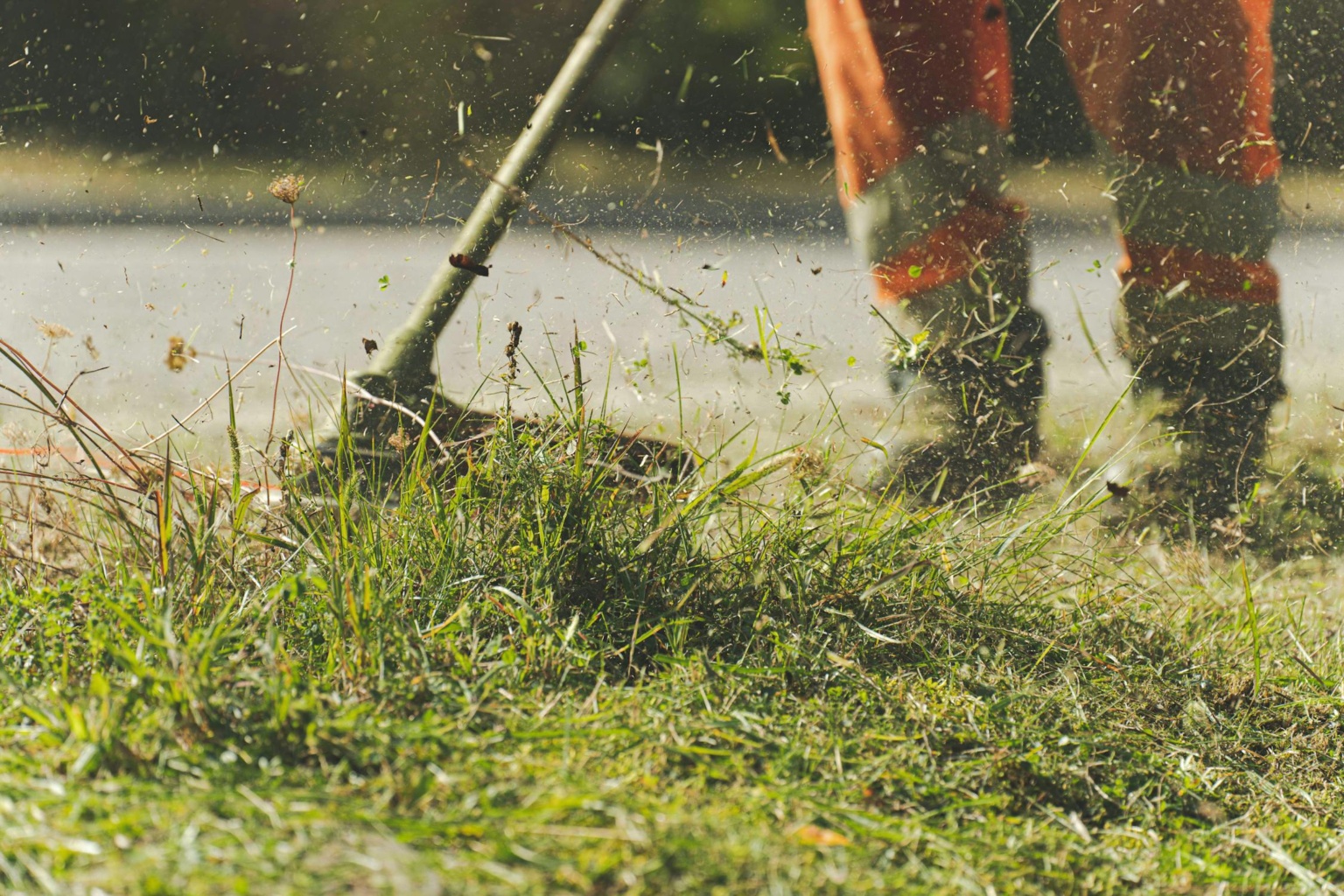Residents encouraged to reach out to neighborhood associations for help

Enforcement of current codes is one of the first things mentioned when citizens are asked what is needed to bring improvements in our neighborhoods. We have been, for quite some time now, a complaint- based enforcement system. But that is changing.
In 2023, BDS (Building Development Services) had 8,021 service requests (complaints) called in. Out of those 8,021 calls, 4,096 were actual violations. That means our inspectors spent time and resources investigating 3,925 complaints that were not violations. That’s 327 complaints a month – roughly 10 locations a day that had to be checked out only to find there was no actual violation. Unless we know the City’s ordinances, we don’t know for sure if concerns or eyesores in our neighborhoods are actually violations. Public education is key for us.
In April, the NAC (Neighborhood Advisory Council) hosted a workshop with BDS to educate us about code enforcement. At this workshop, we learned what legitimate code violations are in our residential neighborhoods when it comes to zoning, nuisance, blighted and dangerous buildings. View the recording of this workshop at cityview.springfieldmo.gov.
In addition to learning about code violations, we also learned that BDS is proposing to move from a complaint-based system to proactive code enforcement. Inspectors were assigned territories within their jurisdiction and have been patrolling neighborhoods and noting legitimate violations. The first 30 days of this approach going street by street in different neighborhoods, inspectors wrote up 420 cases with violations. While BDS is shifting to a proactive approach, neighbors are still encouraged to call the Citizen Resource Center at 417-864-1010 to report possible code violations.
If you watch the report to City Council by Director Brock Rowe on April 8, (springfieldmo.gov/nuisancepropertyreports) among his recommendations are two items related to collaboration with neighborhoods:
Make an effort to facilitate Property Care Teams initiated by the neighborhoods
This program has been in discussion for a while now and often referred to as the “Mayberry approach,” meaning neighbors helping neighbors. The establishment of a neighborhood Property Care Team will use proactive efforts to check in with neighbors who need help with their property due to disability, illness, resources, etc. The Property Care Team will also drive around their neighborhood to identify those in need of help. Once a neighborhood has set up a contact person for their Property Care Team, then BDS will be able to reach out to that person with information on a neighbor in need that they have identified.
Be a primary clearing house for community-based assistance to neighborhoods
There are several benefits to the proactive approach from the neighborhood and BDS. For example, if BDS has to end up mowing a lawn or an empty lot, after they have fulfilled the required legal communication to the property owner, it could cost that owner approximately $200-$700. And if this is not paid, it is then assessed to the property’s taxes. For some of our neighbors who struggle with mowing their lawn in the first place, this is an additional burden and for some people it has been the catalyst to losing their home.
If you need help with your yard, reach out to your neighborhood association. You can find the contact information on your neighborhood’s page in this issue of SGFNN; or you can reach out to BDS and ask for a contact. We are in the beginning stages of putting these programs together and would love to hear from you. Guidelines for these programs are forthcoming. Stay tuned and in the meantime, don’t hesitate to knock on the door of a neighbor you can identify as needing some help. It’s the neighborly thing to do.


